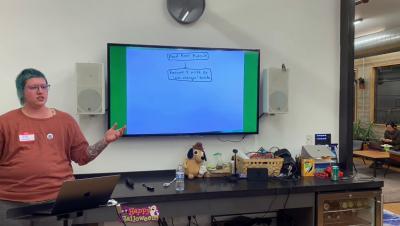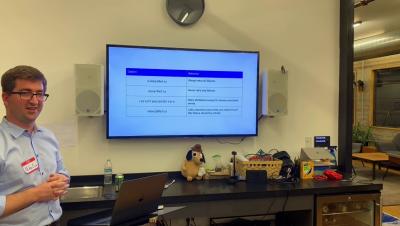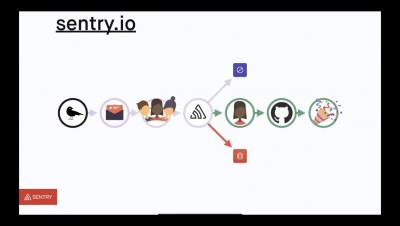Continuous Releases with Travis CI and Sentry
Here at Sentry, we use Travis CI, a continuous integration tool for GitHub that lets us automate our tests and view the results right within each pull request. In this blog post, we’ll walk through a quick example of how to automatically create Sentry Releases with Travis CI when a commit is pushed to your project’s master branch. (Sentry Releases enable some of our best features, like identifying the commits that likely introduced new errors, and much more!)














